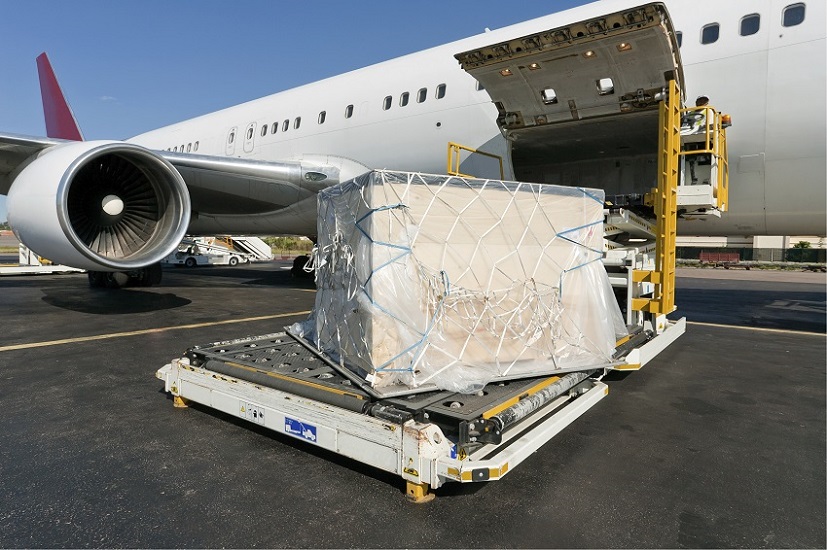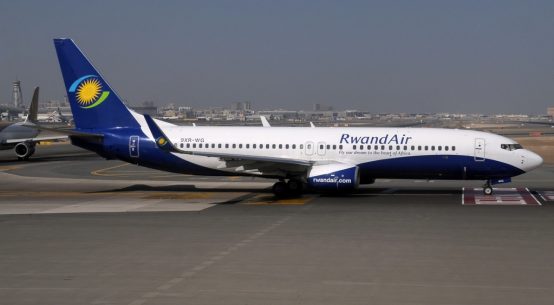
May reports from the International Air Transport Association (IATA) and WorldACD show that the 2017 heyday of double-digit growth rates in the global air freight market are officially returning to normal levels. The organization said freight tonne kilometers (FTKs) increased by a moderate 4.2 percent, year-over-year, for the month of May.
The figure is an almost 10 percent difference from the same month last year when the industry was riding the high of a 13 percent growth rate in global demand. May marks the fourth month in a row that airfreight capacity growth exceeded demand growth, suggesting that carriers may have overcompensated in increasing capacity during the frenzy of growth last year.

“We still expect demand to grow, but those expectations are dampened with each new tariff introduced,” said Alexandre de Juniac, IATA’s director general and CEO. “Experience tells us that trade wars, in the long run, only produce losers.”
This statement couldn’t be made at a more befitting time, as the 25 percent American and Chinese tariffs on US$34 billion worth of various goods go into effect today – which, along with other tariffs on trade between the U.S., Canada, Mexico, Japan and the European Union, industry leaders agree will handicap both trans-Pacific and trans-Atlantic trade.
Meanwhile, tensions between the U.K. and the E.U. continue to simmer as the two groups fumble to navigate the unprecedented task of re-developing trade relations in the wake of the 2016 Brexit vote.
The WorldACD weighed in, examining GDP-developments by region, as reported by The Economist, relative to air cargo growth – which grew at roughly twice the rate of GDP-growth until about 2009. The report found that, over the last two years, the ratio between GDP growth and air cargo growth has disappeared, and in some cases reversed, suggesting that economic growth is no longer directly translating into a demand for air cargo capacity.
The organization also points to the influence of just-enacted protectionist policies in the industry as an explanation for the anomaly, suggesting that fear surrounding the changes could be stunting growth in demand.
Zooming out, the picture is still nowhere near dire. Growth, while not as dramatic as the same time last year, is still positive all around, with the exception of Africa, which experienced a 2 percent contraction in FTKs compared to last year.
- To read IATA’s in-depth report on growth by region, visit its website.
.








